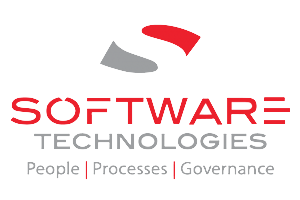Many directors are feeling outmatched by the ferocity of changing technology, emerging risks, and new competitors. Here are four ways to get boards in the game. Today’s boards are getting the message. They have seen how leading digital players are threatening incumbents, and among the directors we work with, roughly […]
Board Assessment in Kenya
Increasing Accountability & Streamlining Processes at TelPosta Pension Scheme
“For me, eBoard has been an amazing experience. Using it has made it easy for me to manage the process of preparing for board meetings, distribution of board packs, capturing minutes and monitoring who has read the board pack” Mr. Peter Rotich, Administrator / Trust Secretary, TelPosta Pension Scheme The […]

